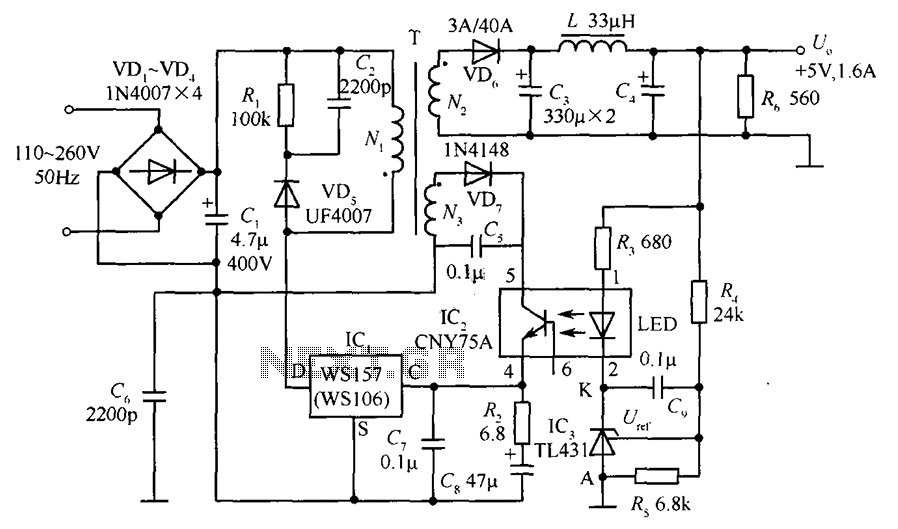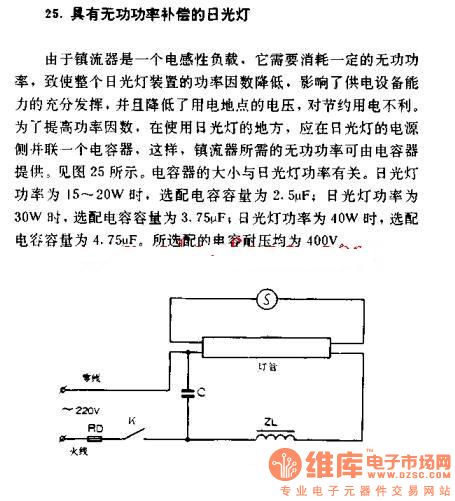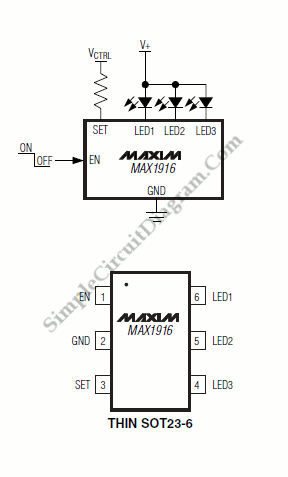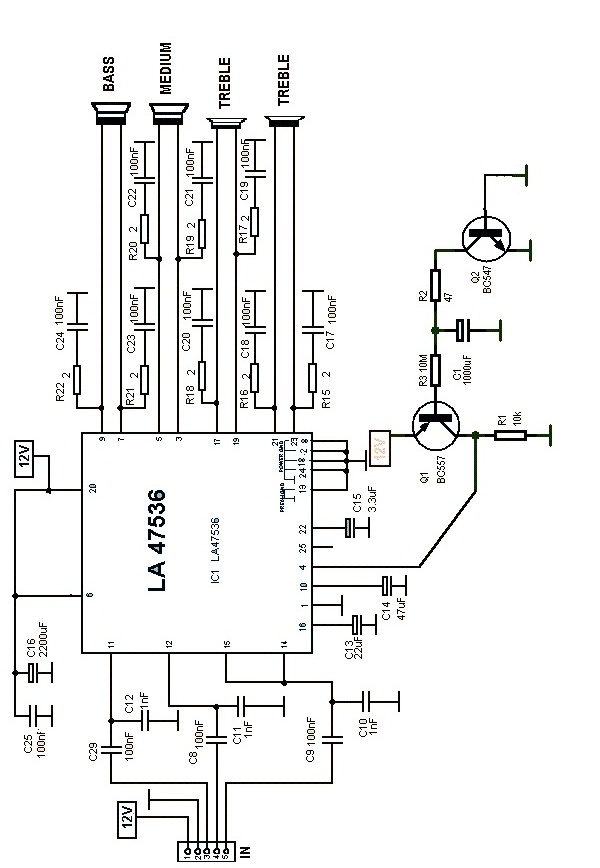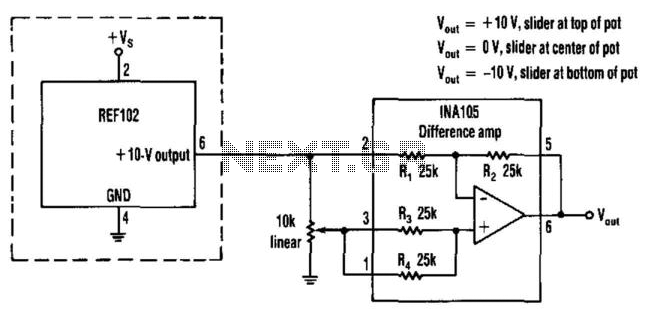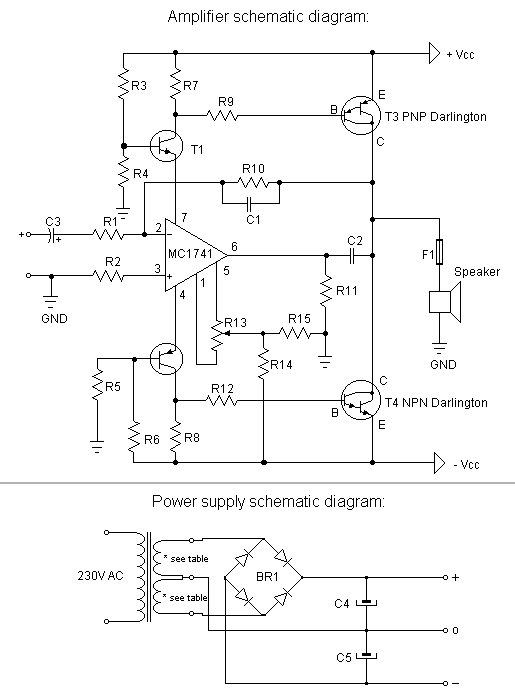
turn your power supply s power limit current limit
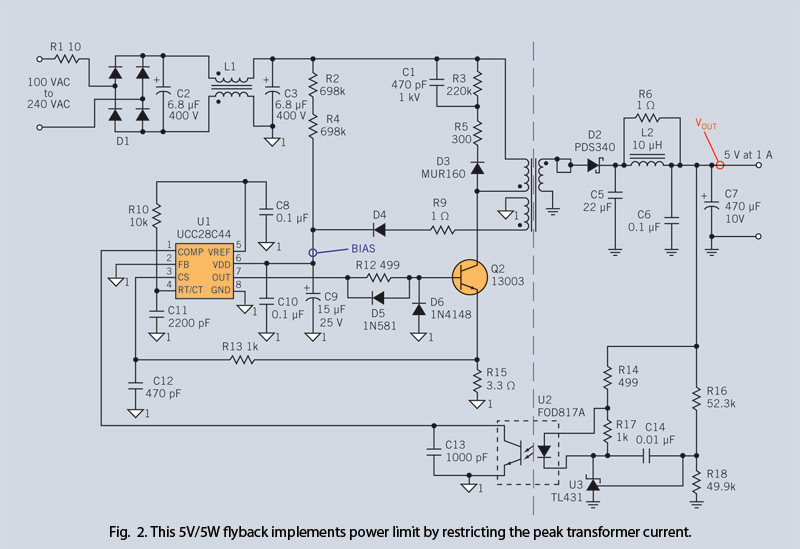
Through simple circuit modifications, designers can use peak current limiting to produce a constant current source.
A constant current source is an essential component in various electronic applications, providing a steady output current regardless of load fluctuations or variations in supply voltage. By implementing peak current limiting techniques, designers can ensure that the current output remains stable within predefined limits, enhancing the reliability and performance of the circuit.
To create a constant current source using peak current limiting, several circuit configurations can be employed. One common approach involves the use of operational amplifiers (op-amps) in conjunction with resistors and transistors. In this configuration, the op-amp serves as a feedback mechanism, comparing the output current to a reference voltage set by a resistor. When the output current exceeds the desired threshold, the op-amp adjusts the control signal to the transistor, thereby reducing the current to the specified limit.
Another method involves using a current mirror circuit, which utilizes matched transistors to replicate a reference current. By incorporating a peak current limiting resistor in series with the load, the circuit can effectively prevent excessive current flow while maintaining a consistent output.
In applications such as LED driving, battery charging, and sensor interfacing, implementing a constant current source with peak current limiting not only improves efficiency but also protects sensitive components from damage due to overcurrent conditions. Careful selection of component values and circuit topology is essential to achieve the desired performance and ensure stable operation under varying conditions.
Overall, the integration of peak current limiting into constant current source designs represents a valuable technique for enhancing circuit functionality and safeguarding electronic devices.Through simple circuit modifications, designers can use peak current limiting to produce a constant current source.. 🔗 External reference
A constant current source is an essential component in various electronic applications, providing a steady output current regardless of load fluctuations or variations in supply voltage. By implementing peak current limiting techniques, designers can ensure that the current output remains stable within predefined limits, enhancing the reliability and performance of the circuit.
To create a constant current source using peak current limiting, several circuit configurations can be employed. One common approach involves the use of operational amplifiers (op-amps) in conjunction with resistors and transistors. In this configuration, the op-amp serves as a feedback mechanism, comparing the output current to a reference voltage set by a resistor. When the output current exceeds the desired threshold, the op-amp adjusts the control signal to the transistor, thereby reducing the current to the specified limit.
Another method involves using a current mirror circuit, which utilizes matched transistors to replicate a reference current. By incorporating a peak current limiting resistor in series with the load, the circuit can effectively prevent excessive current flow while maintaining a consistent output.
In applications such as LED driving, battery charging, and sensor interfacing, implementing a constant current source with peak current limiting not only improves efficiency but also protects sensitive components from damage due to overcurrent conditions. Careful selection of component values and circuit topology is essential to achieve the desired performance and ensure stable operation under varying conditions.
Overall, the integration of peak current limiting into constant current source designs represents a valuable technique for enhancing circuit functionality and safeguarding electronic devices.Through simple circuit modifications, designers can use peak current limiting to produce a constant current source.. 🔗 External reference
